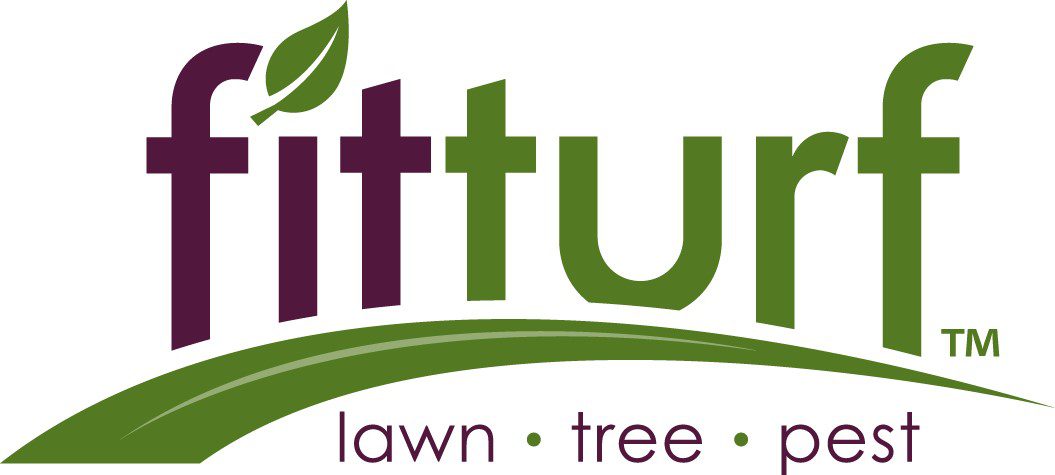Customer Support
303.221.6900As more people become aware of how their actions affect our planet, many homeowners are learning how to care for their lawn in a more natural, green way, by eliminating treatments like chemical fertilizers and pesticides. Instead, they’re focused on creating healthy soil and grass that will keep their lawn looking its best year after year.
When trying to cultivate a beautiful, natural lawn, you have to start with healthy soil. Before considering any type of fertilizer, test your soil with an at-home kit to determine which nutrients it needs. This will save you both time and money when choosing which organic fertilizer to purchase, because you’ll know exactly which ingredients to look for. It’s also important to know which types of grass grow best in your area. Fit Turf offers a resource guide for the most common local grasses so you can learn more about which species will work best for you.
One way to keep your lawn healthy while also eliminating food and yard waste is through composting. The key to a successful compost pile is organic matter rich in carbon, such as autumn leaves and dead flowers, combined with matter rich in nitrogen, like vegetable peelings, fruit rinds and grass clippings. You want to start with a layer of the carbon material, followed by a layer of the nitrogen material. Add a thin layer of soil and top with another layer of carbon material, and then water all three layers. Click here for a more in-depth look at starting a compost pile.
Another way to develop a green lawn is by reducing the amount of time you spend watering your grass — which will also help you save on your utility bill. Always water your grass in the morning — the water will absorb into the roots better while it’s still cool outside, rather than during midday, when the temperatures are hot and the water is more likely to evaporate. This practice can also stop fungal diseases from developing in your lawn. Water deeply — about 6 inches — and infrequently. According to Rodale Organic Life, this type of watering forces the grass to send its roots deep into the soil to find water and, in doing so, makes your lawn more tolerant to drought-like conditions. If possible, it’s worth setting your sprinkler on a timer so it can automatically shut off for days when you’re not home.
Mechanical aeration will also help keep your lawn healthy by reducing any compacted soil and allowing oxygen, water and nutrients to flow freely to the root system. If you continue to care for your lawn organically, through natural fertilizers, ultimately the soil should be able to self-aerate thanks to the microorganisms you’re cultivating through natural lawn care. It’s also a good idea to leave the grass clippings behind when you mow your lawn. The clippings provide important organic matter as well as nitrogen, so you’ll save time and money by not having to fertilize your lawn as frequently.
There are a number of ways to keep your lawn healthy while minimizing your environmental impact, and Fit Turf can help. We offer our organic Bio Green program, a multi-tiered approach that provides your lawn with the nutrients it needs to keep it healthy so it will look great all year long.

